Bringing Sunshine to Winter Days
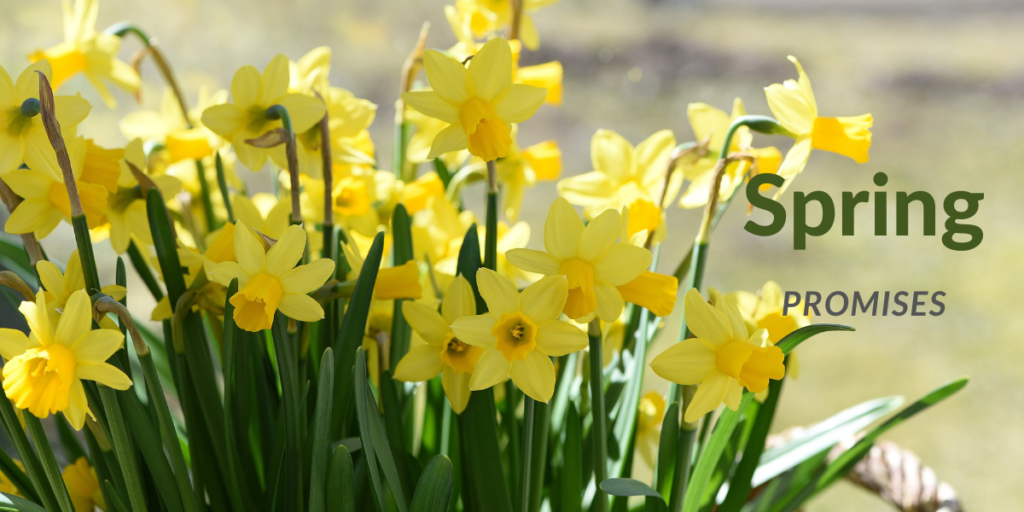
There are only so many grey days I can take. Seattle isn't exactly known for its winter sunshine, but after several days of relentless freezing fog I'd had enough. I even went to the lake for a swim – usually a panacea for all things grey, and while it was wonderful in its zingy 'now-I-know-I'm-alive' sort of way, it wasn't sparkly because even there the low clouds obscured any hint of sunshine.
So I bought myself a bunch of daffodils. I rarely buy myself flowers but today I needed the promise of spring (and sunshine) so I indulged. I have them in my office window in a pretty vase where they are silhouetted against the grey sky outside; floral denial.
What says spring to you? Certain colors? A particular fragrance? What do you most look forward to in your garden (or in a vase) during these cold winter days? Here are a few of my favorites (besides daffodils):
Spring Scents
Winter daphne (Daphne odora 'Aureo-marginata')
This is the shrub that offers everything – except longevity. But before you dismiss it as a short-term star consider the four-season, variegated, evergreen foliage, the fact that it is deer-resistant, rabbit-resistant, and drought tolerant, does well in average soil and that one tiny sprig of its February blooms can perfume an entire room.
I have two winter daphne flanking my front path which have now been there ten years and grown from a small 2g pot size to a wide spreading shrub reaching 6 feet across and 3 feet tall. In my zone 6b garden (the books would say I'm 7a but experience has shown me we are that little bit colder at our elevation with very cold, wet winter soils) it has been progressively flattened by winter snow which accounts for its spread and cold damage to the extremities. Yet it will still bloom with abandon and has at least 80% of ts foliage despite a week of snow recently.
For a design idea, try pairing it with hellebore in shades of pink or burgundy, perhaps adding a skirt of Japanese forest grass (Hakonechloa macra 'Aureola') for summer and fall.
Witch hazel (Hamamelis spp.)
Yellow, orange, red…witch hazels come in a variety of flower colors, all of which are welcome in winter months. In summer these deciduous shrubs take a back seat yet shine again in fall when their foliage turns fiery shades enhanced by streaks of purple.
Underplant with barrenwort (Epimedium spp.) or tough evergreen ferns.
There are many named varieties to select from – head to your nursery, botanical garden or arboretum to discover your new favorite. Be sure to give the flowers the sniff test – some are more fragrant than others.
Winter honeysuckle (Lonicera fragrantissima)
To be honest winter honeysuckle doesn't look much, yet the fragrance of a single bloom will stop you in your tracks. Noted as semi-evergreen, mine have come through the last snow event without losing more than a handful of leaves – better than some so-called evergreens! This shrub isn't showy so you won't want it in a prominent position, but place it mid-border close to a winter path or somewhere that you can easily cut a few stems to bring indoors on days like today and you'll be glad you sought it out.
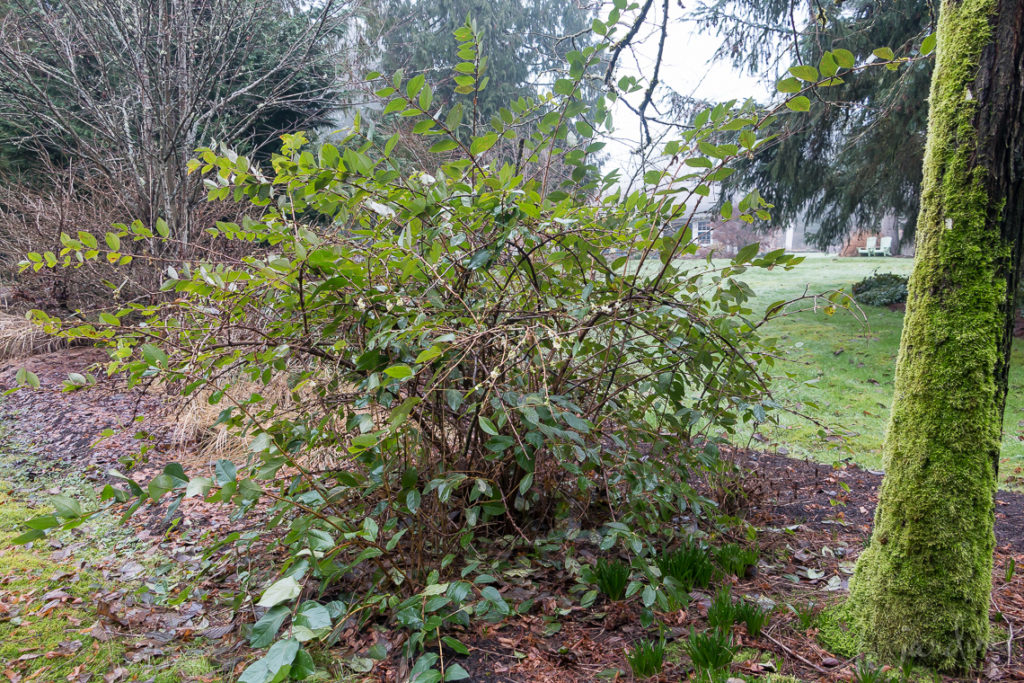
The winter honeysuckle shrub isn't anything special to look at but still has value in the mixed border for its scented flowers
Note: this is invasive in several states including Alabama, Georgia, South Carolina, Tennessee, Virginia and West Virginia. Always consult your local extension office if in doubt. (They are not invasive in the Pacific Northwest where I live).
Hyacinth
Although I rarely grow hyacinth in the landscape, finding them too uniform and overly-primped in appearance, I do love to tuck one or two into the planters by my front door in spring. I select plants that already have plenty of color breaking from the buds, then simply nestle the plant pot within the decorative planter, disguising the small nursery pot with surrounding foliage.
 If I'm planting a container from scratch such as the blue one above, I might gently tease the bulb out of the pot and plant it directly into the soil. The scent is powerful – one bulb is enough!
If I'm planting a container from scratch such as the blue one above, I might gently tease the bulb out of the pot and plant it directly into the soil. The scent is powerful – one bulb is enough!
Sweet box (Sarcococca spp.)
Whether you need a low growing ground cover or a six-foot high hedge, sweet box may be a great solution if you are in USDA zones 6 to 9. Evergreen, deer-resistant, drought tolerant and thriving in shade this winter blooming shrub has an unforgettable scent. Summer sees the seeds ripen to fat black berries. Think of it as a boxwood for dry shade – with fragrance.
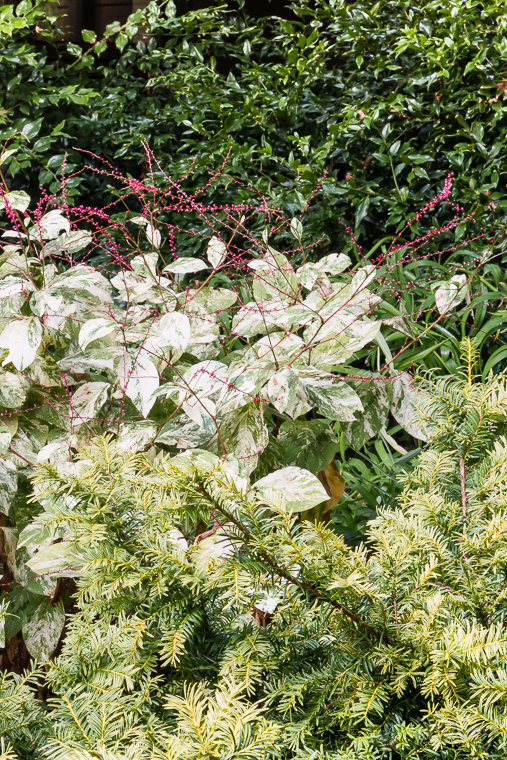
Foliage combination for shade: Persicaria virginiana 'Painter's Palette', Sarcococca ruscifolia, Taxus baccata 'Repandens'. Design credit: Deborah Heg
For design inspiration, I love what homeowner and gardener extraordinaire Deborah Heg did in her PNW garden, pairing the glossy dark green foliage of sweetbox with the brightly variegated Painter's Palette fleeceflower (Persicaria virginiana 'Painter's Palette') and a spreading English yew (Taxus baccata 'Repandens')
Early Spring Flowers
Winter aconite (Eranthis hyemalis)
Just looking at this photograph takes me back to our first cottage in the Peak District, England where my elderly neighbor had a carpet of winter aconite which we enjoyed every January. They bloom a little later in this garden but I still look forward to the sunny, yellow, buttercup-like blooms. These are best planted in large drifts and allowed to naturalize and look delightful under deciduous trees or in rockeries.
They are deer-resistant but rabbits may be a problem in which case a quick spritz with a proprietary repellent when the wiry stems emerge may be required.
Hellebore (Helleborus spp.)

Cinnamon Snow hellebore (Helleborus x ballardiae 'Cinnamon Snow') has become one of my favorites for its creamy white blooms suffused with pale pink on the reverse and dark burgundy stems, seen here at the Norfolk Botanical Garden, Virginia
With so many varieties (and several species) to choose from, you can enjoy hellebore blooms from winter until late spring. My favorites are those in the Gold Collection as I appreciate the outward facing blooms, sturdy stems and resilience in my garden where the flowers bounce back even after being covered with snow.
I plant clumps of these where they can be seen from the living room window, at the base of large mossy boulders and in drifts adjacent to the path in my woodland garden.
While many gardeners routinely trim off old leaves I only do this if the foliage has signs of fungal spot since these newer varieties have flowers that stand tall above the leaves and just like a floral arrangement I feel the foliage enhances and frames the flowers.
Deer-resistant, rabbit-resistant, and drought tolerant once established. Hellebores aren't cheap but the plants are long-lived and each flower gives many weeks of color.
Lungwort (Pulmonaria spp.)
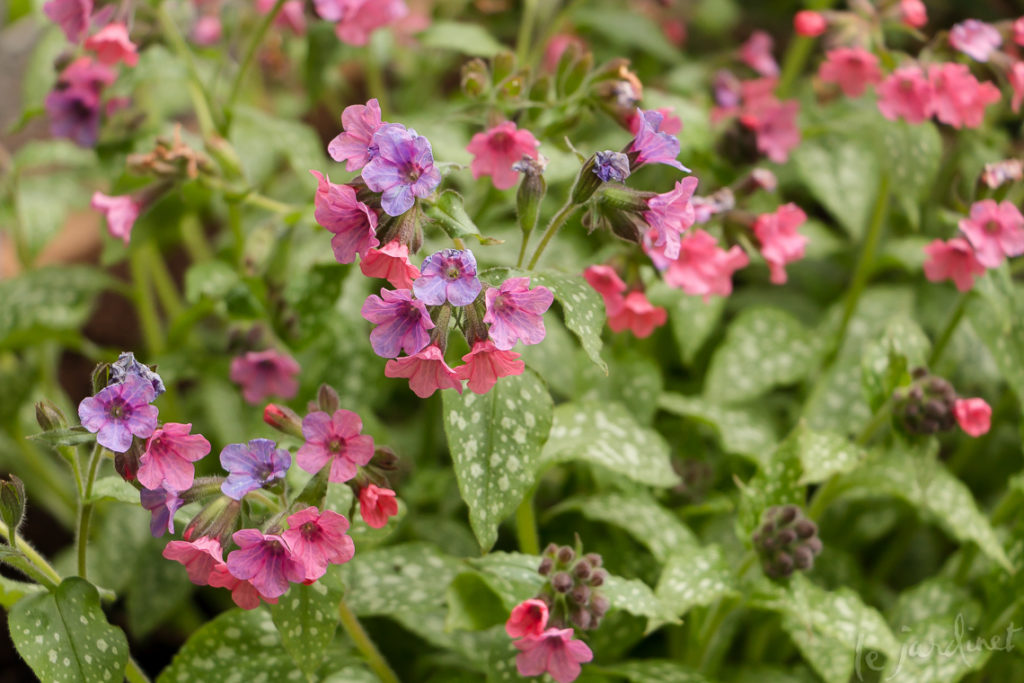 Hummingbirds love these tubular flowers almost as much as I do. Lungwort is a much under-appreciated perennial in my opinion. It is semi-evergreen in my garden, deer-resistant, rabbit-resistant and only needs average soil. Although it thrives in shade it also tolerates a surprising amount of sun in moisture retentive soils.
Hummingbirds love these tubular flowers almost as much as I do. Lungwort is a much under-appreciated perennial in my opinion. It is semi-evergreen in my garden, deer-resistant, rabbit-resistant and only needs average soil. Although it thrives in shade it also tolerates a surprising amount of sun in moisture retentive soils.
The patterned foliage is as pretty as any hosta yet is rarely bothered by slugs and the flowers make charming posies for a small vase. If you find that the summer foliage gets mildew simply cut it all back immediately after flowering and it will bounce back with nice fresh leaves for the rest of the season.
I mostly have the old-fashioned Mrs. Moon but am also testing the new variety called Spot On from Proven Winners. It arrived in a terrible condition last summer (due to it getting lost in shipping for over a week) but I cut it back hard, watered it in well and stood back. It recovered quickly and I'm looking forward to assessing foliage health and flower color this year.
English primroses (Primula vulgaris)
The delicate buttermilk-yellow of England's native woodland primrose is truly delightful and I much prefer it over the gaudy varieties prominently displayed outside grocery stores at this time of year. They are also true perennials, returning bigger and better each year, affording the opportunity to divide clumps and spread them around. After blooming the foliage continues to expand to the point at which they could be mistaken for a crinkly-leaved green hosta.
I have these adjacent to the path in my woodland garden surrounded by Georgia Blue speedwell. My young granddaughter loves to pick their long slender stems for a table top display, just as her mum Katie used to do. (I've now given them a clump for their own garden).
Slugs can be a problem but otherwise they are easy care. Taking time to remove old, soggy leaves from the base periodically will help keep them healthy.
I rarely see these in a nursery but they are easy to grow from seed.
More Design Ideas
Check out my books for more combination inspiration.
Did you know?
The Northwest Flower & Garden Festival is right around the corner? I've only missed one year since I first discovered this amazing show. It is hands down the BEST antidote to the winter blues. Early Bird tickets are on sale right now. I'll be there on Thursday, Friday, and Sunday so come and introduce yourself. Here's a link to my speaking schedule.
Subscribe to Receive Blog Posts
Gardening inspiration delivered right to your inbox from Le Jardinet

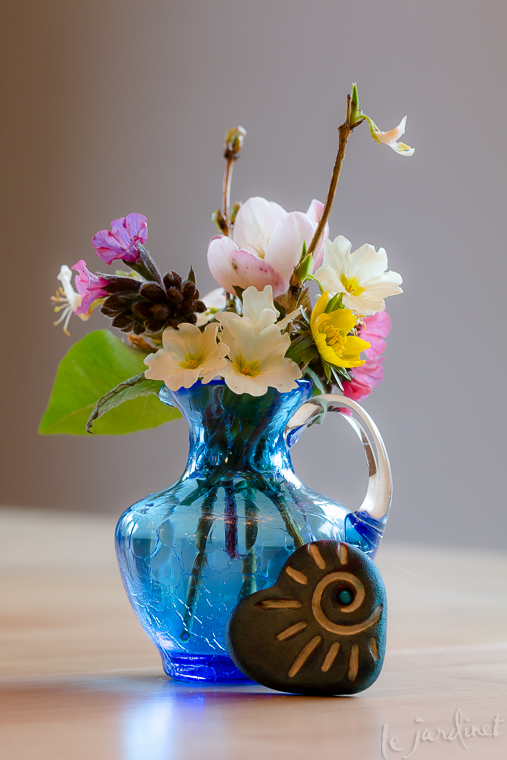

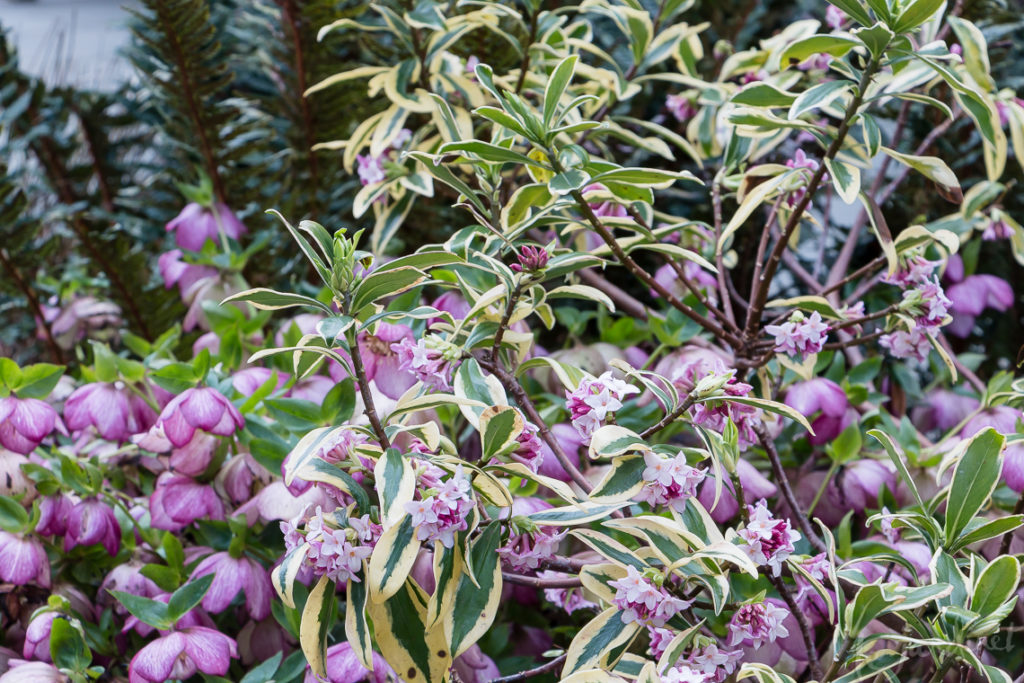


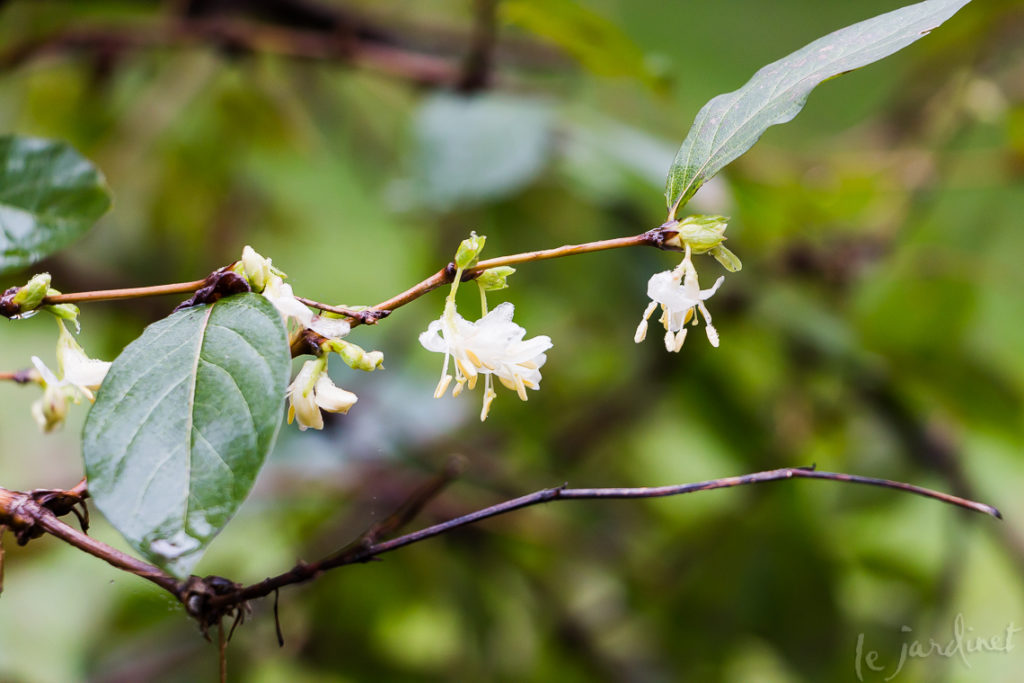
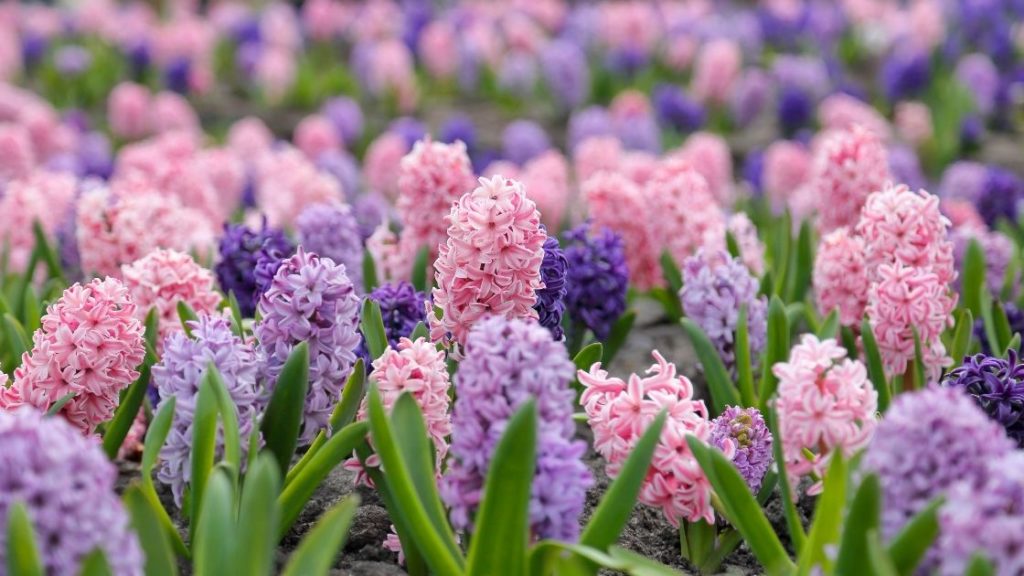

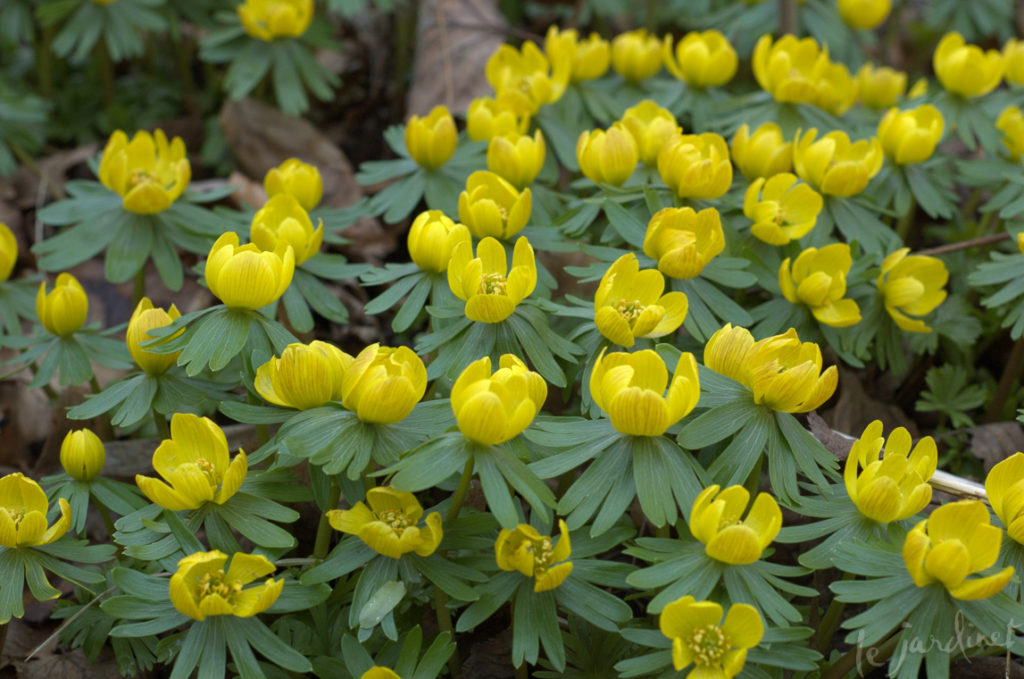


Ah reading this alone was a perfect PNW boost! Thank you!